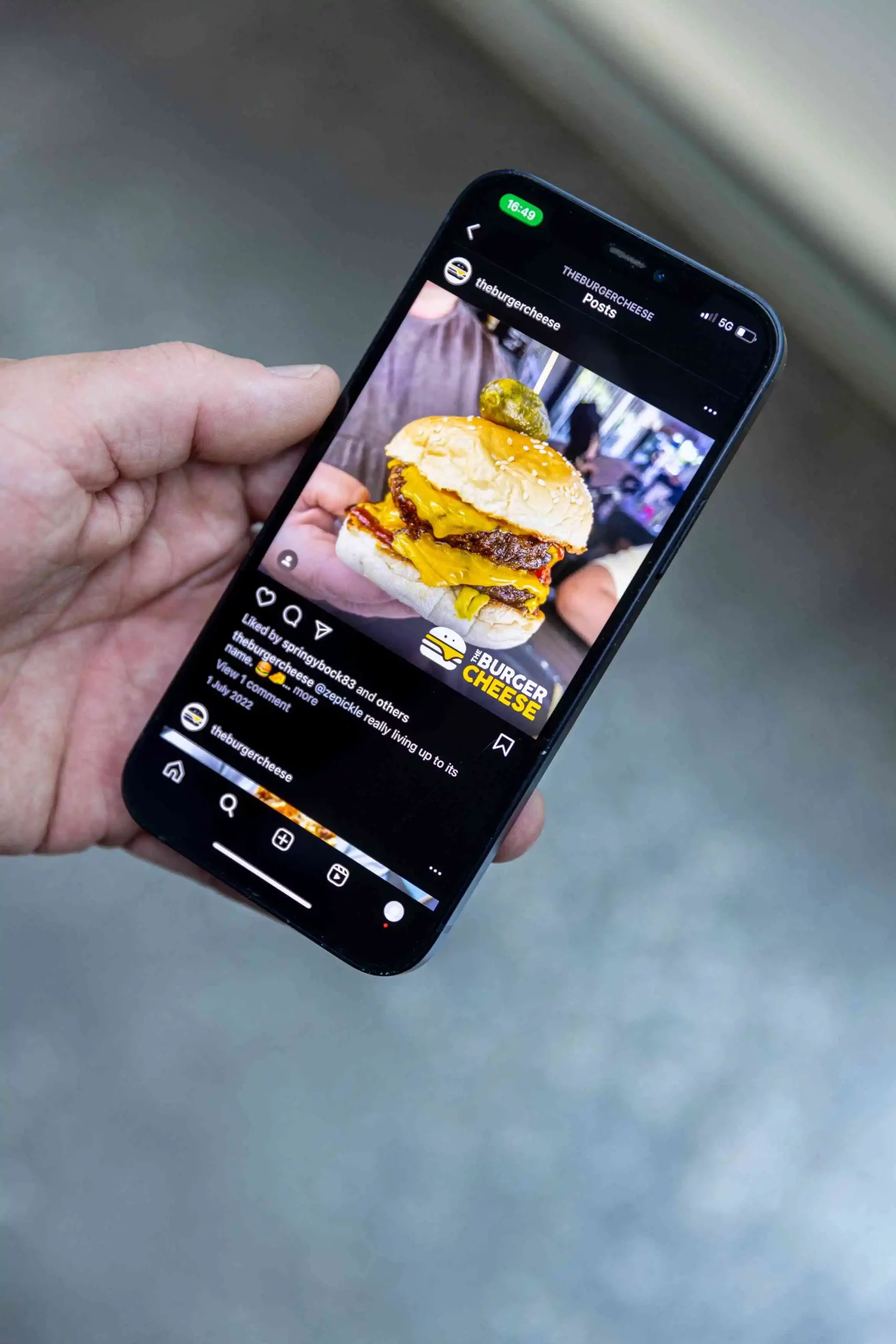2018 has seen the food delivery scene in Australia take off with the meteoric rise of Uber eats, the launch of Marketplace+ and the changing face of Menulog from takeaway to delivery service it is clear that the food service industry is changing for the long run but is it changing for the better?
Analysts at Morgan Stanley predict online takeaway food orders will rise from $1.5 billion to a whopping $4.2 billion – nearly 23% of the fast food market by 2025. In order to survive this massive surge in take away food small to medium business will need to embrace the food delivery movement or alternatively attempt to entice the overworked and introverted masses to step out of their comfort zone of Netflix and PJ’s and eat out for a change.
But wouldn’t it be better to do both? Well the average charge to a restaurant for these delivery services is approximately 35% of every order with the restaurant taking on all the risk for failed delivery, 35% is almost the entire profit a small restaurant business will make in one good day, so the model does not suit everyone but businesses who are not positioned in prime spots will struggle to pull in the covers and compete with out delivery.
Prime location is not the only thing that they will need to address, people order in because they are time poor and no longer want to spend their nights savouring a lengthy meal at a white linened table, the rise in delivery has seen a boom in fast- casual food, offering seemingly healthy food made with good quality ingredients at a fraction of the cost and time of a sit-down dinner. The consumer is more discerning. If they are forgoing pyjamas then they want good food made with good ingredients. No longer content with the same old Parma they want a point of difference that will stand out on their Instagram page
So how will this shape the food service industry?
We will likely see an increase in the number of Ghost restaurants, restaurants that are not restaurants at all but virtual eateries often owned and operated by a central company that operates several deliveries only brands. These ghost restaurants skip the storefronts entirely and rely 100% on food delivery services, the benefits of this style of corporatized “restaurant” are plenty, multiple brands and cuisine types operating out of the same kitchen, this reduces their over heads and broadens their reach. These businesses can operate out of a central kitchen with zero space devoted to customer seating and waiting area resulting in lower rent, Why is this so good? On average a restaurant will dedicate over 65% of their space to seating but for restaurants selling ideal delivery food like burgers will often have customers grabbing their food and going straight back out the door leaving 65% of their footprint wasting money. In a Ghost restaurant the footprint is dedicated to value production. An area with a grill, people working and portioning, and a room where orders are assembled, stations are set up by category a sandwich area producing sandwiches for multiple brands. All the ingredients across brands are in the same areas, but you get specialization in staff where they focus on making salads and sandwiches, that’s all they do. All of this ties in to economies of scale..
We will likely see an increase in the number of Ghost restaurants, restaurants that are not restaurants at all but virtual eateries often owned and operated by a central company that operates several deliveries only brands. These ghost restaurants skip the storefronts entirely and rely 100% on food delivery services, the benefits of this style of corporatized “restaurant” are plenty, multiple brands and cuisine types operating out of the same kitchen, this reduces their over heads and broadens their reach. These businesses can operate out of a central kitchen with zero space devoted to customer seating and waiting area resulting in lower rent, Why is this so good? On average a restaurant will dedicate over 65% of their space to seating but for restaurants selling ideal delivery food like burgers will often have customers grabbing their food and going straight back out the door leaving 65% of their footprint wasting money. In a Ghost restaurant the footprint is dedicated to value production. An area with a grill, people working and portioning, and a room where orders are assembled, stations are set up by category a sandwich area producing sandwiches for multiple brands. All the ingredients across brands are in the same areas, but you get specialization in staff where they focus on making salads and sandwiches, that’s all they do. All of this ties in to economies of scale..
We will likely see an increase in the number of Ghost restaurants, restaurants that are not restaurants at all but virtual eateries often owned and operated by a central company that operates several deliveries only brands. These ghost restaurants skip the storefronts entirely and rely 100% on food delivery services, the benefits of this style of corporatized “restaurant” are plenty, multiple brands and cuisine types operating out of the same kitchen, this reduces their over heads and broadens their reach. These businesses can operate out of a central kitchen with zero space devoted to customer seating and waiting area resulting in lower rent, Why is this so good? On average a restaurant will dedicate over 65% of their space to seating but for restaurants selling ideal delivery food like burgers will often have customers grabbing their food and going straight back out the door leaving 65% of their footprint wasting money. In a Ghost restaurant the footprint is dedicated to value production. An area with a grill, people working and portioning, and a room where orders are assembled, stations are set up by category a sandwich area producing sandwiches for multiple brands. All the ingredients across brands are in the same areas, but you get specialization in staff where they focus on making salads and sandwiches, that’s all they do. All of this ties in to economies of scale..






